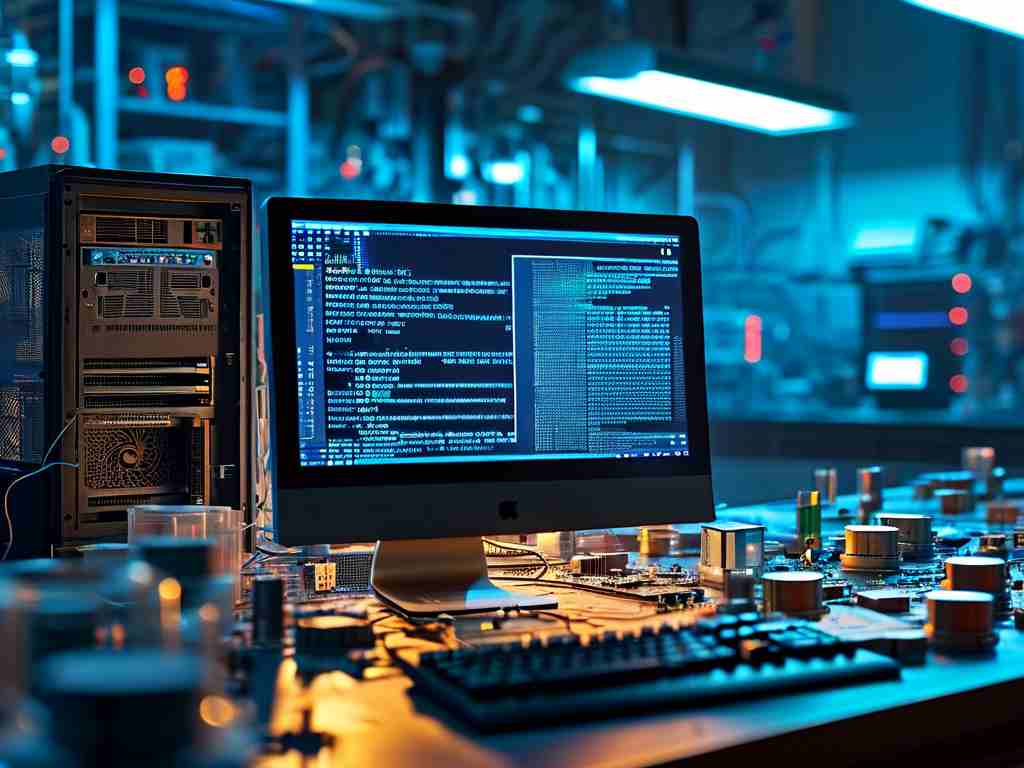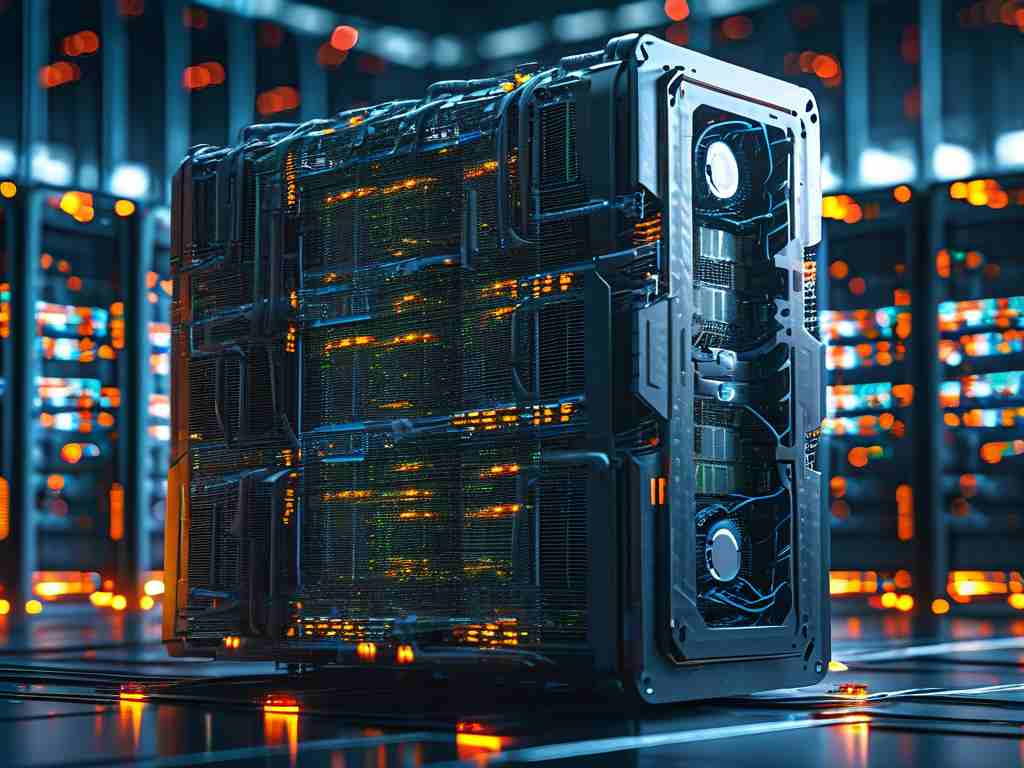In the realm of software development, memory management remains a critical challenge, especially for applications with rich multimedia content like Naruto-themed games or interactive tools. This article explores practical strategies to optimize memory usage in such applications, balancing performance and user experience.

Understanding Memory Challenges in Naruto Applications
Naruto-themed applications often feature high-resolution animations, complex character models, and dynamic battle simulations. These elements demand significant memory resources. For instance, a single jutsu animation might load hundreds of sprite frames, while open-world maps require seamless terrain rendering. Poor memory management can lead to lag, crashes, or excessive battery drain, particularly on mobile devices.
Strategy 1: Efficient Asset Loading and Unloading
A core principle is dynamic resource allocation. Instead of loading all assets at startup, developers should adopt a "just-in-time" approach. For example:
- Scene-Based Loading: Load character models and textures only when entering a specific map or battle scene.
- Unused Asset Cleanup: Implement garbage collection routines to remove assets from memory after scenes conclude. Tools like Unity's
Resources.UnloadUnusedAssetscan automate this process. - Texture Compression: Use formats like ASTC or ETC2 to reduce texture memory footprint without sacrificing visual quality.
Strategy 2: Object Pooling for Reusable Elements
Frequent instantiation/destruction of objects (e.g., kunai projectiles or explosion effects) strains memory. Object pooling pre-creates reusable instances:
// Example in Unity C#
public class ShurikenPool : MonoBehaviour {
public GameObject shurikenPrefab;
private Queue<GameObject> pool = new Queue<GameObject>;
void Start {
for (int i = 0; i < 20; i++) {
GameObject obj = Instantiate(shurikenPrefab);
obj.SetActive(false);
pool.Enqueue(obj);
}
}
public GameObject GetShuriken {
if (pool.Count > 0) {
GameObject obj = pool.Dequeue;
obj.SetActive(true);
return obj;
}
return Instantiate(shurikenPrefab);
}
}
This reduces CPU spikes and prevents memory fragmentation.
Strategy 3: Memory Profiling and Analysis
Developers must regularly profile applications using tools like:
- Unity Memory Profiler: Identifies memory leaks in managed/unmanaged code.
- Android Studio Profiler: Monitors native memory usage on mobile devices.
- Custom Metrics: Track peak memory consumption during intense scenarios (e.g., 10+ simultaneous shadow clones).
A case study from Naruto: Ultimate Ninja Storm 4 revealed that optimizing UI layer rendering reduced memory usage by 18%, achieved by merging overlapping canvases and disabling hidden elements.
Strategy 4: Platform-Specific Optimization
Tailor approaches to target hardware:
- Mobile Devices: Limit simultaneous particle effects and use Level of Detail (LOD) models.
- PC/Consoles: Leverage multi-threading for background asset loading.
- Web Applications: Use WebAssembly and memory-efficient libraries like PixiJS for browser-based Naruto tools.
Ethical Considerations and User Experience
While aggressive memory optimization improves performance, over-optimization risks degrading visual fidelity-a core appeal of Naruto apps. Striking a balance requires iterative testing with fan communities to align technical constraints with artistic vision.
Effective memory management in Naruto applications hinges on proactive resource handling, intelligent reuse, and continuous profiling. By adopting these techniques, developers can deliver smooth, immersive experiences that honor the franchise's vibrant aesthetics while ensuring accessibility across devices. Future advancements in real-time asset streaming (e.g., using AI-driven prediction) may further revolutionize this field.









